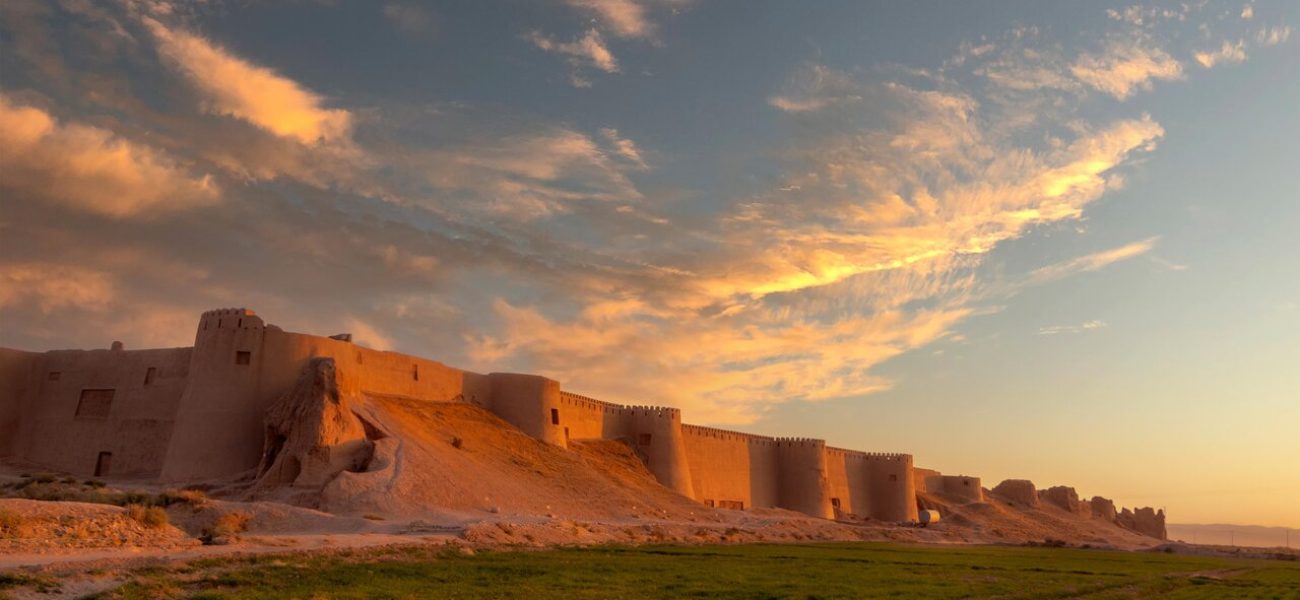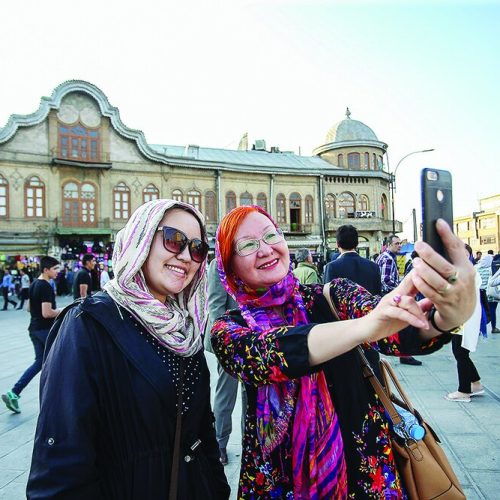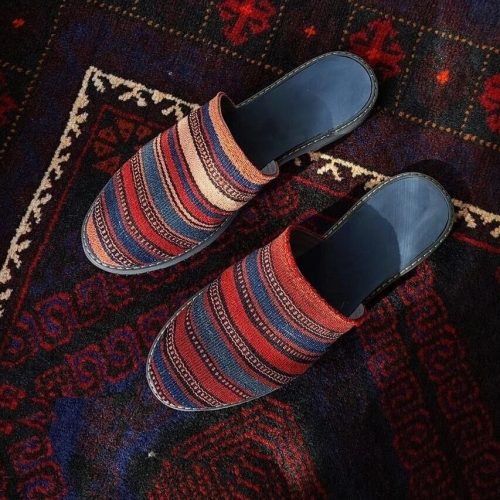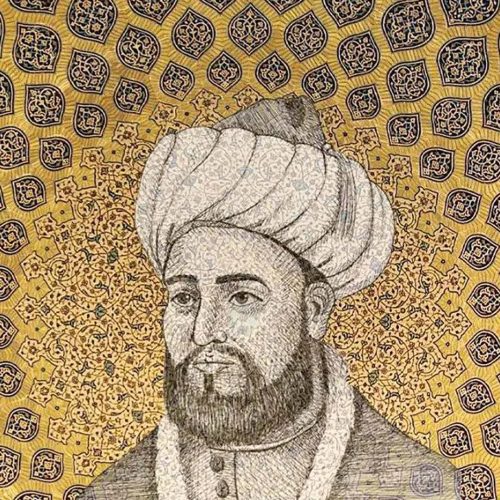As I stand amidst the weathered stones of Belqeys Castle, the whispers of centuries past seem to dance around me, carrying tales of forgotten kingdoms, ancient struggles, and the indomitable spirit of a civilization that has endured through millennia. My name is Dr. Reza Ahmadi, a historian who has dedicated his life to uncovering the hidden narratives of Iran’s most enigmatic archaeological sites, and today, I invite you on a personal journey through the mesmerizing landscape of Belqeys Castle.
The First Glimpse: A Landscape Frozen in Time
The journey began on a crisp autumn morning, with the golden light of dawn breaking over the rugged terrain of southern Iran. As my research team and I approached the site, the silhouette of Belqeys Castle emerged like a phantom from the misty landscape, its ancient walls telling a story far more complex than any historical text could capture.
Located in the heart of Kerman Province, Belqeys Castle is not merely a historical site; it is a living testament to the architectural brilliance and cultural resilience of Iranian civilization. Named after the legendary Queen of Sheba (Bilqis in Arabic folklore), the castle carries with it an aura of mystique that has captivated scholars and adventurers for generations.
The Geographical Significance
Perched strategically on a rocky plateau, the castle’s location was no accident. The ancient builders understood the importance of defensive positioning, selecting a site that offered panoramic views of the surrounding valleys and mountain passes. From this vantage point, one could monitor trade routes, detect potential invasions, and control the movement of people and goods across this vital region.
The topography itself seems to whisper stories of strategic importance. Steep cliffs on three sides, a natural water source nearby, and a carefully constructed approach that would challenge any potential invader – every aspect of Belqeys Castle speaks to the ingenuity of its creators.
Architectural Marvel: Beyond Simple Stone and Mortar
What sets Belqeys Castle apart is not just its historical significance, but the extraordinary architectural techniques employed in its construction. As I trace my fingers along the carefully fitted stones, I am struck by the precision that would challenge even modern engineering standards.
Construction Techniques
The walls, some reaching up to 12 meters in height, are constructed using a unique dry-stone technique. Massive blocks of local limestone are interlocked without the use of mortar, creating a structure so stable that it has withstood centuries of earthquakes, harsh weather, and the relentless march of time.
Each stone seems to have been chosen with meticulous care. The larger foundation stones provide a robust base, while smaller stones fill the gaps, creating a seamless and incredibly strong wall system. This was not mere construction; it was an art form that reflected a deep understanding of structural engineering.
Water Management: A Testament to Advanced Civilization
One of the most fascinating aspects of Belqeys Castle is its sophisticated water management system. In a region known for its arid climate, the castle’s inhabitants developed an ingenious network of underground qanats (water channels) and cisterns that could store and distribute water with remarkable efficiency.
During my excavations, we discovered a complex series of underground tunnels that not only provided water but also served as a cooling system, reducing internal temperatures during the scorching summer months. This was no primitive settlement, but a highly advanced urban center that understood the delicate balance between human habitation and environmental challenges.
Historical Layers: From Pre-Islamic to Sassanid Eras
The history of Belqeys Castle is like a palimpsest, with each historical era leaving its distinct mark. Archaeological evidence suggests continuous habitation from the late Elamite period (around 1000 BCE) through the Sassanid era (224-651 CE), each civilization adding its unique architectural and cultural layer.
Pre-Islamic Foundations
The earliest layers reveal a settlement that predates Islamic influence, with ceramic fragments and architectural remnants suggesting a thriving community engaged in trade, agriculture, and possibly metallurgy. Intricate pottery shards decorated with geometric patterns tell stories of artistic sophistication that challenge our modern perceptions of ancient societies.
Sassanid Transformations
During the Sassanid period, Belqeys Castle underwent significant transformations. The Sassanids, known for their architectural prowess, expanded and reinforced the existing structures. They added administrative buildings, improved defensive walls, and created spaces that reflected their complex social hierarchy.
The remnants of a large central administrative complex we uncovered suggest that Belqeys was not just a defensive stronghold but potentially an important regional administrative center. Coins, seals, and administrative tablets found during our excavations provide glimpses into the bureaucratic sophistication of the time.
Legends and Mythology: The Queen of Sheba’s Connection
No discussion of Belqeys Castle would be complete without addressing the legendary connection to the Queen of Sheba. While historical evidence directly linking the site to her remains sparse, the mythological associations add a layer of romantic intrigue to our archaeological endeavors.
In local folklore, the castle is said to have been a residence or stronghold of Bilqis, the powerful queen mentioned in both Islamic and Biblical traditions. Though we historians must be cautious about conflating myth with historical fact, these stories contribute to the cultural richness surrounding the site.
Archaeological Evidence vs. Cultural Narrative
Our team’s research suggests that while a direct connection to the Queen of Sheba remains unproven, the castle’s strategic location and architectural sophistication align with descriptions of powerful settlements from that era. The mythology serves not as historical fact but as a cultural memory that keeps the site alive in collective imagination.
Challenges of Preservation: A Personal Mission
As a historian and archaeologist, my work at Belqeys Castle is more than academic research—it is a mission of cultural preservation. Each stone we carefully document, each artifact we meticulously excavate, is an act of preserving our collective human heritage.
Environmental and Human Threats
The challenges are numerous. Climate change is causing increased erosion, while unauthorized excavations and lack of comprehensive conservation policies pose significant risks to the site’s integrity. Our research is not just about uncovering the past but about creating sustainable strategies for future preservation.
We have developed innovative conservation techniques that respect both the historical authenticity of the site and the need for controlled public access. This involves using non-invasive documentation methods, creating protective barriers, and working closely with local communities to foster a sense of ownership and pride.
Personal Reflections: Why Belqeys Matters
As the sun sets over the castle, casting long shadows across stones that have witnessed centuries of human drama, I am reminded of why sites like Belqeys are crucial to our understanding of human civilization.
These are not merely archaeological sites; they are repositories of collective memory, windows into the complex societies that came before us. Each fragment, each architectural nuance tells a story of human resilience, creativity, and the eternal quest for survival and prosperity.
A Living History
Belqeys Castle is alive. Not in the literal sense, but in the way it continues to inspire, to challenge our understanding, and to connect us with our ancestral roots. As a scholar, I am but a temporary custodian of its stories, tasked with ensuring that these narratives are not lost but transmitted to future generations.
An Ongoing Journey
My expedition to Belqeys Castle is far from over. Each season brings new discoveries, new questions, and new perspectives. What we uncover today is but a fraction of the stories these stones hold.
To the readers of this narrative, I extend an invitation: Look beyond the mere physical remnants. See the human stories, the dreams, the struggles, and the triumphs that these ancient walls have witnessed. Belqeys Castle is more than a historical site—it is a living manuscript of human experience.
As I pack my archaeological tools and prepare for another season of exploration, I am filled with an sense of wonder and humility. In the grand tapestry of human history, we are but a small thread, connected to an intricate and beautiful design that stretches far beyond our individual lives.
Dr. Reza Ahmadi Archaeological Research Center of Iran Autumn 2024




